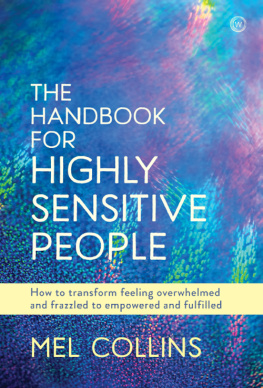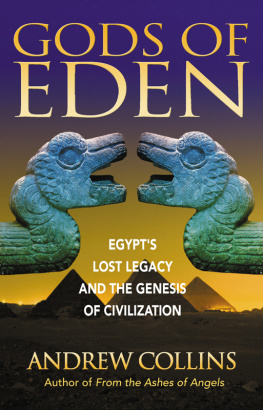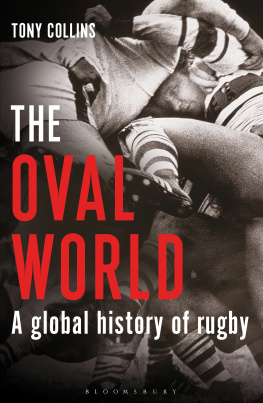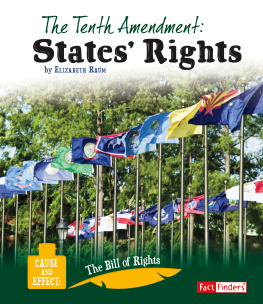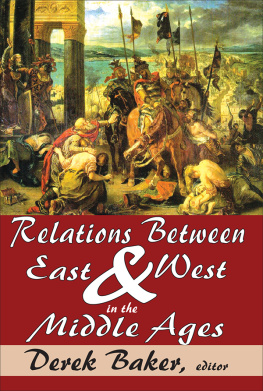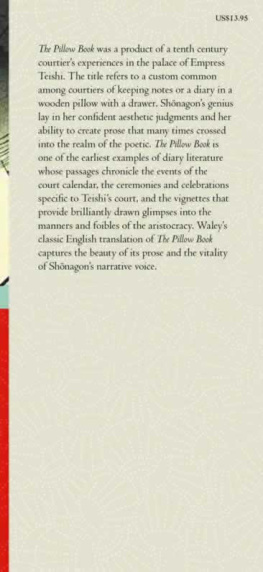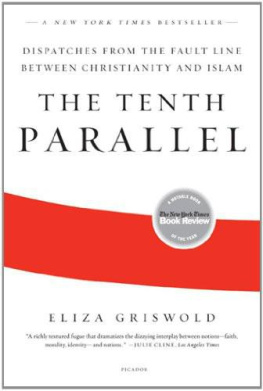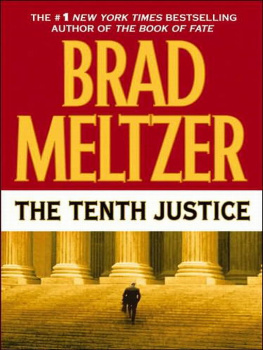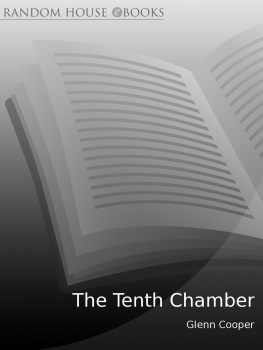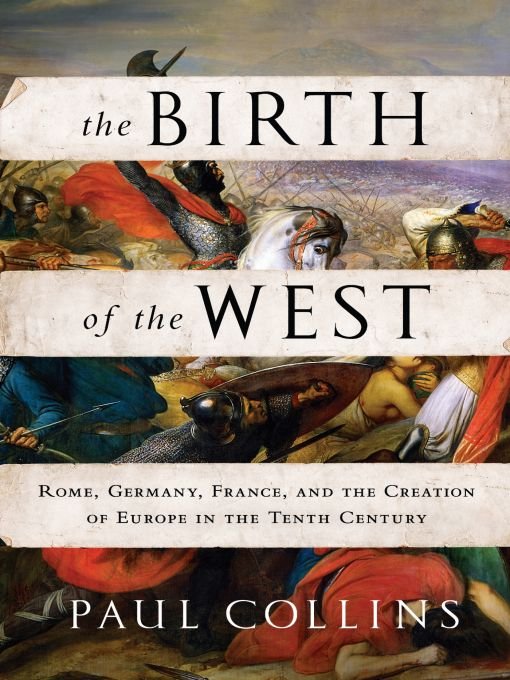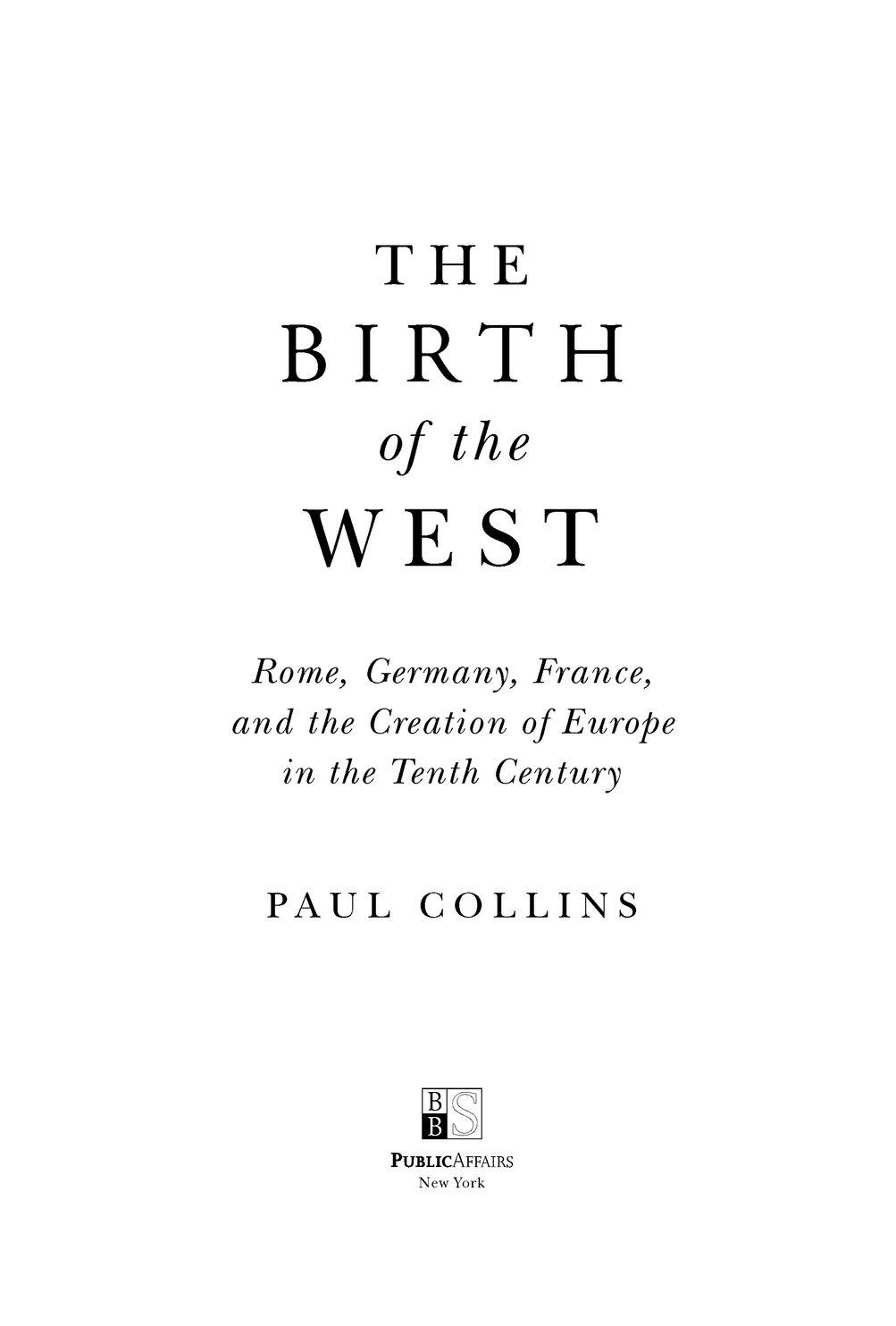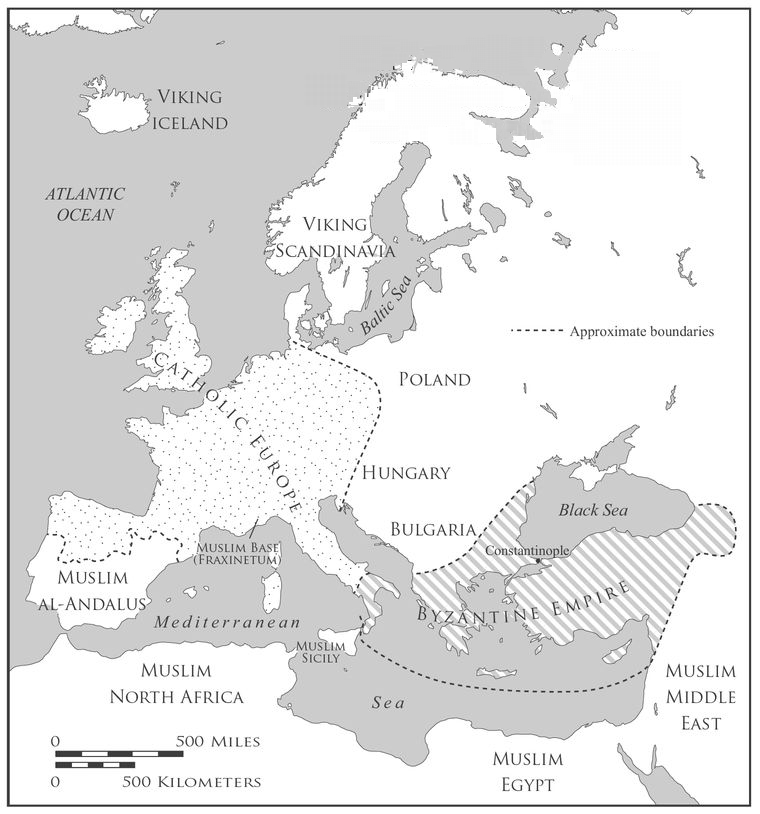Praise for The Birth of the West
The Birth of the West offers a refreshing breather from the ambient buzzkill of our era... [Collins] is not your usual Western-civ cheerleader, jumping up and down about the glorty that was Greence... his is a wider tour dhorizon, encompassing also Mulsim Spain, Ireland, Britain, Poland, and Hungary.... Stimulating, encyclopedic and often downright funny, this is a book worth remembering.
Stephen OShea, The Globe and Mail (Toronto, Canada)
The Birth of the West is a re-making of what we think we know about the end of the Dark Ages. It is also the gate to the utterly unexpected cosmos of European forebears. In some ways, from waterlogged England by way of the folk beliefs of French peasants, to the ambitious consolidation of Germany, corruption and reform in the Papacy, the machinations of Constantinople and the continuing presence of Moorish culture in Western Europe, the characters who people The Birth of the West are as familiar as relativesas indeed they aregroping their way to a cohesive Western culture as yet dominant in the world. The Birth of the West is thus the tale of our birth, and Collins tells it with a narrative grace and elegance which will make readers cherish it.
Thomas Keneally, author of Schindlers Ark
He makes a lively... case that the foundations of 11th-century expansionby the end of which, Europe was powerful enough that, after fighting off or assimilating invaders on all fronts, it was able to start invading its neighbours in the First Crusadewere laid in the 10th century.
Macleans
A lively, full-to-bursting history of the turbulent 10th century in Europe... Collins presents chaotic upheaval across Europe in an organized and riveting fashion.
Kirkus Reviews, starred review
In The Birth of the West, Paul Collins makes accessible and exciting the world of tenth-century Europe. With a sense for both the grand narrative and for the quirks of particular personalities, Collins makes this central medieval century seem not so dark. Rather, lit by the fiery eyes of three German kings named Otto, who stand at the heart of Collins story, it is an era of significant cultural achievement and political advancethough no less bloody for it.
Jay Rubenstein, Professor of History, University of Tennessee, Knoxville, and author of Armies of Heaven: The First Crusade and the Quest for Apocalypse
Western Europe claws its way out of the Dark Agesjust barelyin this hair-raising history.... Writing with a supple prose and an eye for colorful detail and vivid characters, Collins shapes some of historys most appalling behaviorfirst prize might go to Pope Steven VI, who exhumed his predecessors rotting corpse and placed it on trial for heresyinto a lively narrative with a comprehensible story line. Behind the blood-lettings and betrayals of medieval politics, he sketches an illuminating interpretation of a society and worldview shaped by insecurity, superstition, and personal loyalties. The result is a fascinating account of how a desperate struggle for survival bequeathed a civilization.
Publishers Weekly
Collins provides a broad panorama of the age, presenting characters great and small, including kings, magnates, popes, and peasants. This is a well-done study suitable for both scholars and general readers.
Booklist
The Birth of the West resembles the world it describes: this broad-brushed history by former priest Paul Collins is fascinating, complicated, messy, occasionally confusing and dominated by a fundamentally Catholic worldview... The Birth of the West is an engaging account of an often overlooked era.
Dallas Morning News
The Birth of the West resembles the world it describes: this broad-brushed history by former priest Paul Collins is fascinating, complicated, messy, occasionally confusing and dominated by a fundamentally Catholic worldview... The Birth of the West is an engaging account of an often overlooked era.
Shelf Awareness
Australian Collins, historian and former priest, has a masterly touch throughout, for he writes the book on the several levels. He describes Europe, physically. He tells us what we are looking at, the stage set of history, the extensive woodlands, the major massifs and plateaus. All the while he is populating this landscape. This is truly history from the bottom up, layering the terrain... Collins history is telling that though the ages were dark, not all the lights had been turned off. What we are receiving from Collins sure hand is what happened after the fall of Rome... This is an intriguing 395-page read that gradually comes together at the end as Collins pulls on all the threads to tie into a fine knot.
National Catholic Reporter
Paul Collins as he shines a lantern into the Dark Ages. Whether or not Collins is correct in naming the 10th century as the significant turning point for Western Civilization, he uncovers many fascinating details.
Shepherd Express
The narrative is interesting and on the whole easy to follow... Collins has excellent section on landscape, battle tactics, and weapons as well as vivid biographies of key players, such as the Empress Theophano, Gerbert of Aurillac, and Liutprand of Cremona.
CHOICE
You dont need a history degree to venture into the story Collins unfolds. Indeed, his bubbly writing style, laced with humour and spice, turns the book into something of a page-turner. A particular strength is the chapters on social history, in which Collins brings the 10th century world into vivid focus. Throughout, he delves into a surprising cornucopia of primary sources to back up his arguments.
Otago Daily News (New Zealand)
Table of Contents
For Marilyn,
with love and thanks for spending
almost as much time in the tenth century as I did!
THE EUROPEAN AND MEDITERRANEAN WORLD ABOUT 950-1000 A.D.
PROLOGUE
From the Fury of the Northmen, Lord, Deliver Us
THE MONK MUST HAVE BEEN studying very late that night, struggling to read by the flickering light of a couple of candles. The text of Priscian of Caesareas monumental Institutiones Grammaticae (Principles of Grammar) was in Latin but written in Irish script. Even at the best of times, reading a manuscript on Greek and Latin grammar would have been hard labor. But our monk was working late, eventually making some 9,400 interlinear and marginal comments on this 249-page work, 3,478 of his comments in Old Irish. He was most probably reading Priscian at Bangor monastery on the northeast coast of Ireland just after the year 850. Once the manuscript had been copied between 845 and 850 in the monasterys scriptorium, or copying room, it made its way into the monks hands, where he inscribed the thousands of glosses in Old Irish. Somehow or other it later ended up at St. Gallen, Switzerland, where it is now a treasure in the Stiftsbibliothek (monastic library).
The monks glosses were intended to aid readers in getting a sense of the text. To todays scholars, they have become an important reference point for understanding the development of the Irish language. But they also tell us about the monk himself. Like many ninth-century Irish monks, he loved nature. He tells us so in a gloss about spending time reading the manuscript while sitting under a greenwood tree listening to a cuckoo as it flitted from bush to bush.



